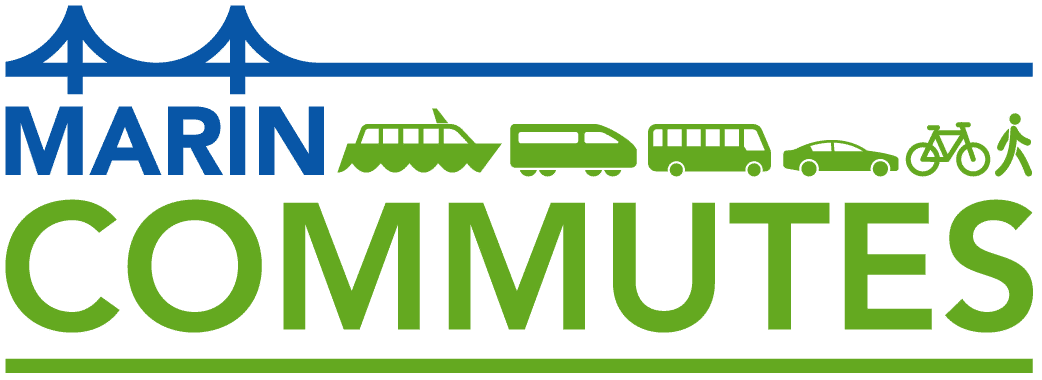
Tips for Remote Workers
As our community looks to reduce the spread of COVID-19, many office-based workers in Marin County are now working remotely whenever possible. Working remotely not only reduces the time you spend commuting, it helps to reduce greenhouse gas emissions and traffic congestion in our community.
Research shows that people enjoy many added benefits of working remotely, such as increased flexibility and time gained from no longer commuting, to reduced travel costs and access to more job opportunities. But working remotely can also present some new challenges, whether you work from home full-time or just a few days per week.
You can find tips and resources here or below to help boost your productivity, connect virtually, stay healthy, and find a work-life balance that works for you. Are you an employer looking to formalize or create a work from home program? Click here to learn more about our Remote Work Employer Resource Kit.
.
Worried about being stranded? We’ve got you covered. Click here to learn more about TAM’s Emergency Ride Home program.
